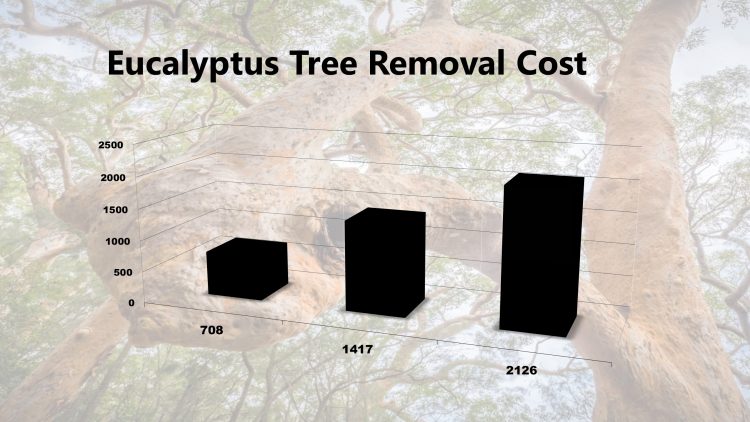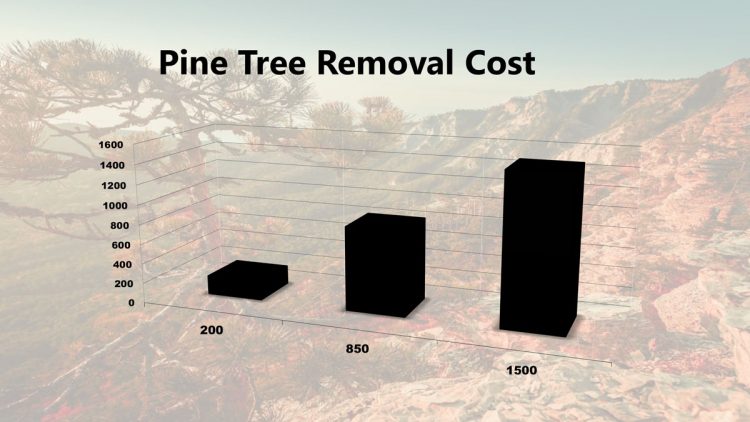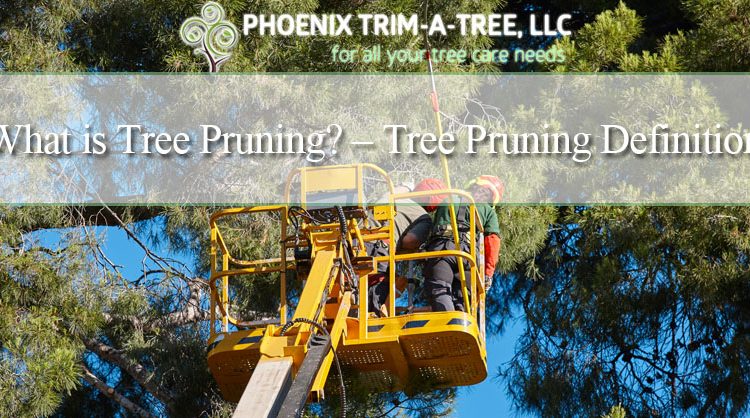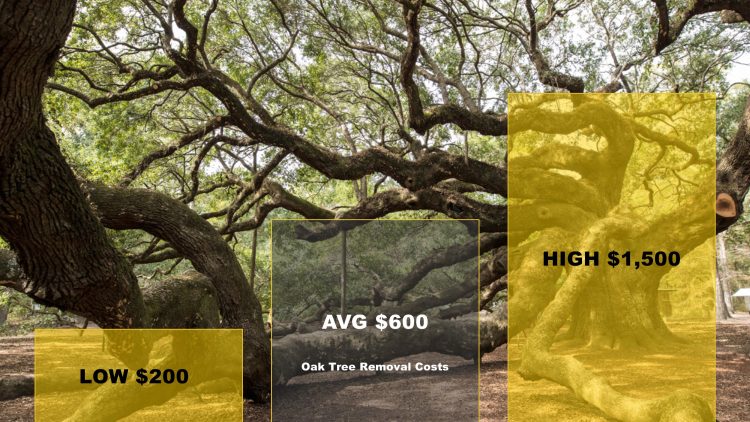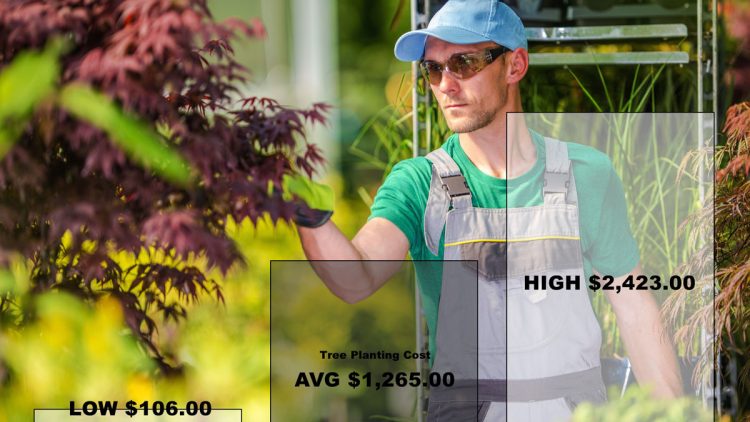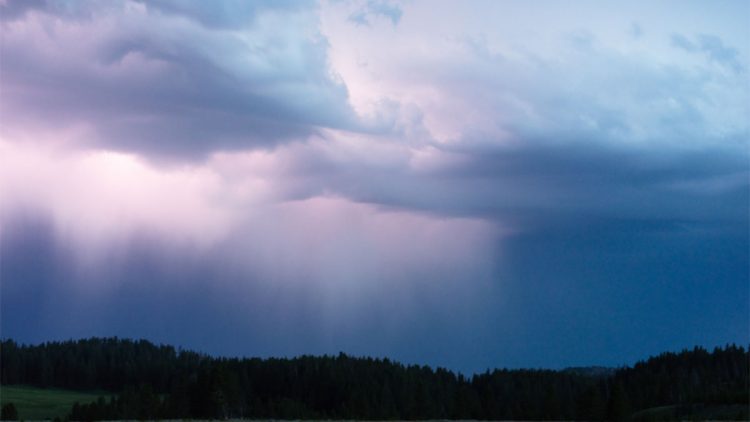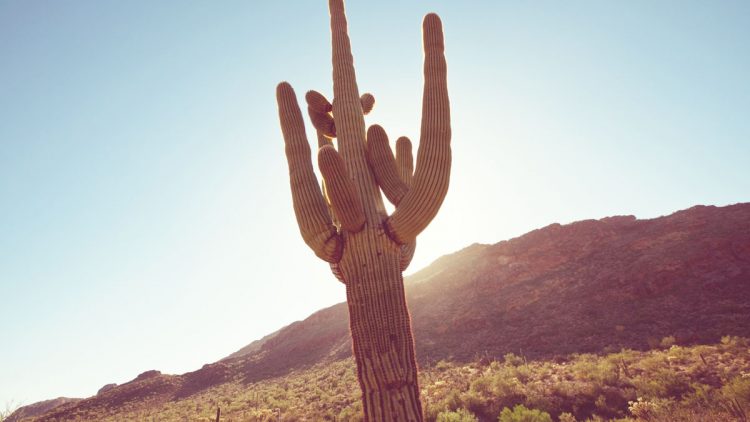How Much Does Tree Removal Cost?
HOW MUCH DOES TREE REMOVAL COST?
GET A FREE ESTIMATE TODAY!
The average cost of tree removal is $825. In 2018, the cost to remove a tree ranged from $150 to $1500. Cost factors depend on the size, height, condition, and location of the tree. The cheapest tree removal cost is about $150 dollars and is common in fallen tree removal jobs. The height of the tree plays a role in what the cost for tree services. Tree height costs are separated as trees under 25 feet, trees between 25 to 75 feet, and trees over 75 feet. These ranges are average costs as the proximity to power lines, homes, or other structures can play a role in costs.
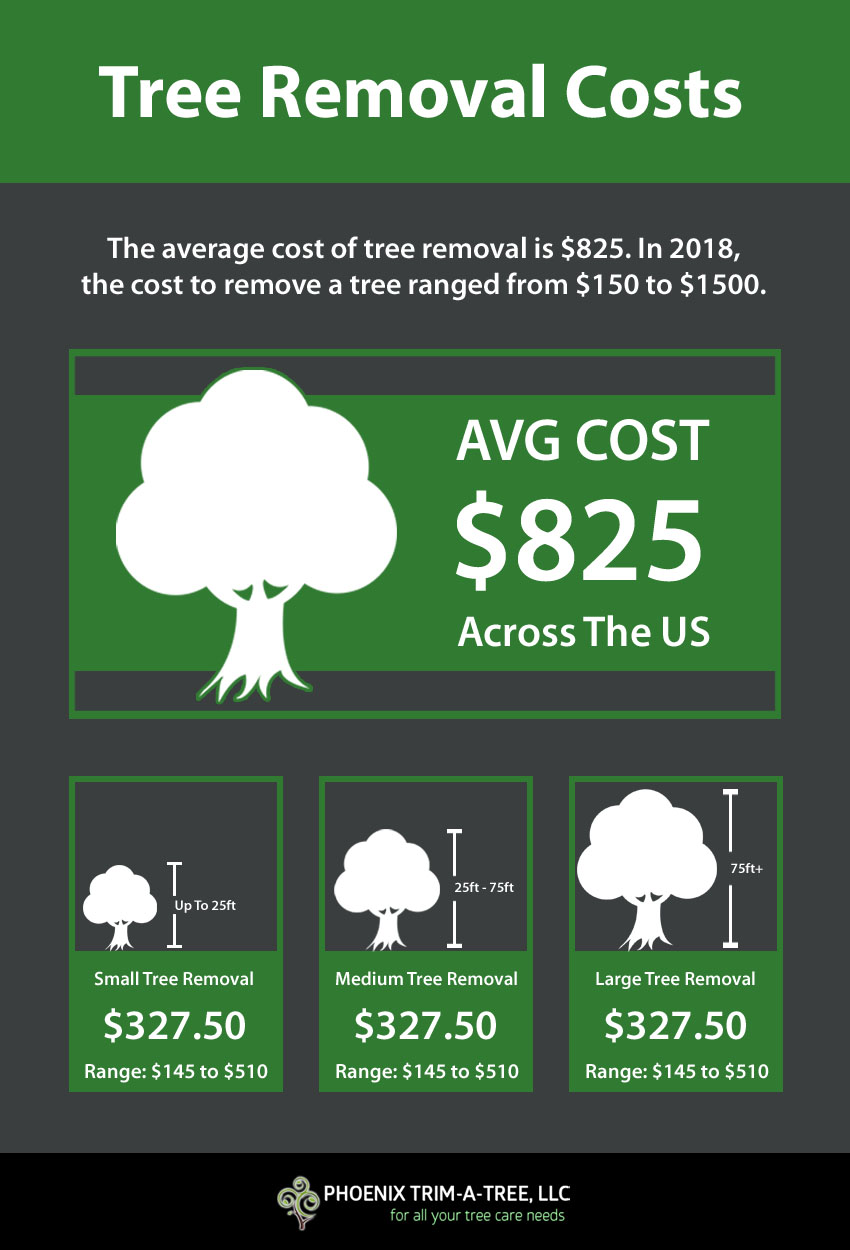
SMALL TREE REMOVAL COST
The average cost of small tree removal is $327.50. Trees Under 25 ft – A tree that is under 25 ft will cost between $145 and $510 depending on the type and placement.
MEDIUM TREE REMOVAL COST
The average cost of medium tree removal is $630. Trees Between 25 and 75 ft – Trees that are between 25 feet high and 75 feet high cost between $210 and $1,050 depending on the placement and type of tree.
LARGE TREE REMOVAL COSTS
The average cost of large tree removal is $1,250. Trees Over 75 ft – If you have a large tree that is taller than 75 feet the range of cost will be between $1,000 to $1,500 depending on placement, cost, and any special equipment needed.
PINE TREE REMOVAL COST
The average cost to remove a pine tree is $850. Pine tree removal costs range from $200 to $1,500. For small pine trees removal costs about $200 dollars. For giant pine trees you can pay up to $1,500 dollars or more. Pine trees are one of the largest and most dense growing trees out there. They grow easily up to 60 and some up to 80 feet. Since there are many more limbs the cost to remove pine trees is on average more than other types.
OAK TREE REMOVAL COST
Oak trees are one of the strongest trees out there. Arborists usually charge more for removing an oak tree. The average cost to remove an oak tree is $600. Oak tree removal costs range from $200 to $1,000.
FALLEN TREE REMOVAL COST
The average cost of fallen tree removal is $112.50. Fallen tree removal costs range from $75 to $150. Whether a storm came through or your tree was just old and dead the fallen tree removal cost is much lower than removing a healthy tree. This cost varies depending on if you want the tree chipped or simply cut up and hauled away. With costs so low most homeowners jump at the chance to stay safe and away from dangerous equipment such as chainsaws. The cost for fallen trees that have caused damage to property are quite costly by comparison. This is due to the need to prevent additional damage to homes or property during removal. Trees that have fallen on homes also pose a greater risk for tree removal workers and also increase the hazard and costs for removal.
PALM TREE REMOVAL COST
The average cost of palm tree removal is $825. Palm tree removal costs ranged from $150 to $1,500 in the US for 2019. Read more about palm tree removal cost here.
TREE STUMP GRINDING/REMOVAL COST
A common add on for tree removal is stump grinding.
TREE STUMP GRINDING COST
The average cost of stump grinding is $537.50. Stump grinding costs range from $75 to $1,000. Stump grinding cost factors also depends on the location, size, and accessibility of the area.
TREE STUMP REMOVAL COST
The average cost of stump grinding is $410. Stump removal costs range from $60 to $350. Stump removal cost factors also depends on the location, size, and accessibility of the area.
TREE LIMB OR BRANCH REMOVAL COST
The average cost to remove a large tree limb or branch is $250. Branch removal costs range from $200 to $300.
ADDITIONAL TREE SERVICES COST
- Tree Limb Removal Cost: $50-$75
- Limb Chipping Cost: $75
- Tree Trunk Removal Cost: $75
- Log Splitting Cost: $75
TREE REMOVAL COST FACTORS
There are 4 main factors that affect tree removal costs: location, height, diameter, and condition. Each of these factors make a tree removal more complex and time consuming for your tree removal company.
TREE LOCATION
Trees that aren’t near structures, fences, or other valuable property or real estate are cheaper to remove. In contrast trees that are right next to homes take more work, are more complicated, and the tree removal company must take liability if something goes wrong. For this reason additional steps are time are taken to ensure the removal goes smoothly and nothing is damaged.
TREE HEIGHT
The height of a tree is one of the most influential cost factors. The higher the tree the more equipment and time will be needed to remove the tree. From ladders to climbing rigs to lift buckets or even cranes the costs go up as the tree does.
TREE DIAMETER
The width or diameter of a tree has an impact on the cost of removal. First in the time it takes to cut through the trunk but also when it comes time for stump grinding. The wider it is the more time it takes to cut the tree down and remove the stump.
TREE CONDITION
Dead or dying trees take less effort to cut through and grind the stump away. As they take less time the costs are usually lower than trees that are still healthy. So if the tree is rotting and weak it doesn’t cost as much as if the tree is strong and healthy.
TREE CUTTING COSTS & SAFETY
Just about anyone can work an axe or fire up a chainsaw, but it comes with serious risk to personal harm and property damage if not done correctly. The direction and way the tree falls can spell disaster and the removal of medium to large trees many times requires sections to be carefully removed with a crane or ropes. Let the pros with the right equipment take care of your tree needs while you enjoy an afternoon of leisure or take care of your business.
TREE REMOVAL IN PHOENIX
If you own a property in the Phoenix Valley our team of trained, licensed, and insured tree cutting professionals will cut down and remove your tree safely and affordable. Every one of our skilled technicians understands our safe tree removal and cutting protocols and work together to get the job done quickly and safely. Keeping your property in the best condition possible while removing the tree is also our top priority. We remove the tree, clean up the mess, and leave your property in great condition.



